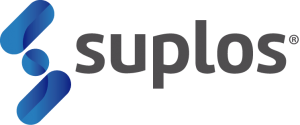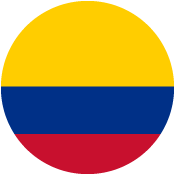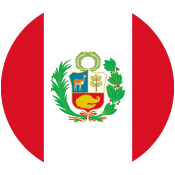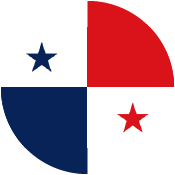Below, we present the list of the 8 trends and evolution of new Procurement technologies that we envision at Suplos for 2021:
Trends in e-procurement technologies
8. Outsourcing vs. Using Internal Capabilities
The emergence of disruptive technologies that reduce costs and the need to have local competitive advantages will challenge the traditional paradigms of outsourcing compared to producing the goods and services required to operate with internal capabilities.
In this way, Procurement teams will have a more strategic role in the analysis of new technologies and new suppliers that facilitate this decision-making.
7. BlockChain gradual
Although Blockchain still shows timid use within the Supply Chain, Procurement leaders will review in increasing detail both the benefits and the implementation and development costs of this technology in order to make viable projects. The most likely cases of early implementation are those in which there is a regulatory requirement for monitoring, high levels of fraud and/or use cases that seek operational comprehensiveness.
6. Purchases through Voice-Activated and Bots
Using these technologies will undoubtedly improve the purchasing experience for Supply users. However, the adoption of these technologies in companies will still take some time. These purchases will be made initially for recurring purchases of smaller amounts, supported by Machine Learning and Virtual Assistants with search using natural language processing (NLP)
5. Robotic Automatic Process
Increasingly, Procurement guidelines will have functions enabled that achieve end-to-end Procurement, where manual intervention of repetitive tasks with high load will decrease . Manual reporting will be a thing of the past and employees will be able to focus more on business-critical work, rather than manipulating multiple files.
4. More dependence on External Data for Supplier Analysis
For supplier validation, the organizations will seek to complement the information on each supplier’s internal results with external information. This will allow them to obtain a 360 view of each supplier, thus improving the prediction of the associated risk before the start of a contractual relationship.
3. Ecosystems with Integrated Data
The data captured from IOT solutions will allow real-time tracking and monitoring of results, with constant feedback across different assets. Capital-intensive industries will be able to effectively link internal data with their suppliers, facilitating the non-intervention of Procurement within the process.
2. More agile and smaller functional areas that work with business units
Procurement will have a more leading role, in which the strategy continues to be centralized, but the operation is decentralized. Much of the operational load will happen in virtual centers with people distributed in different locations and embedded within different business units. In this way, category buyers will make a transition towards Procurement of the entire business unit, making category specialists occur more by demand than by default.
1. Crucial contribution of Procurement to the core strategy of organizations
Procurement functions will have a more predominant role in the value generation of organizations. Among the most important value generation factors are: capabilities to ensure growth of organizations, adoption of local competitive advantages, implementation of innovation, agility and certainty of compliance with the Supply Chain.
Fuente: EY
